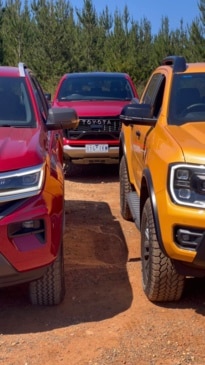Ford Everest Wildtrak new car review
For many buyers with a sense of adventure, this attractive family-sized off-roader makes much more sense than uncomfortable and unwieldy dual-cab utes.
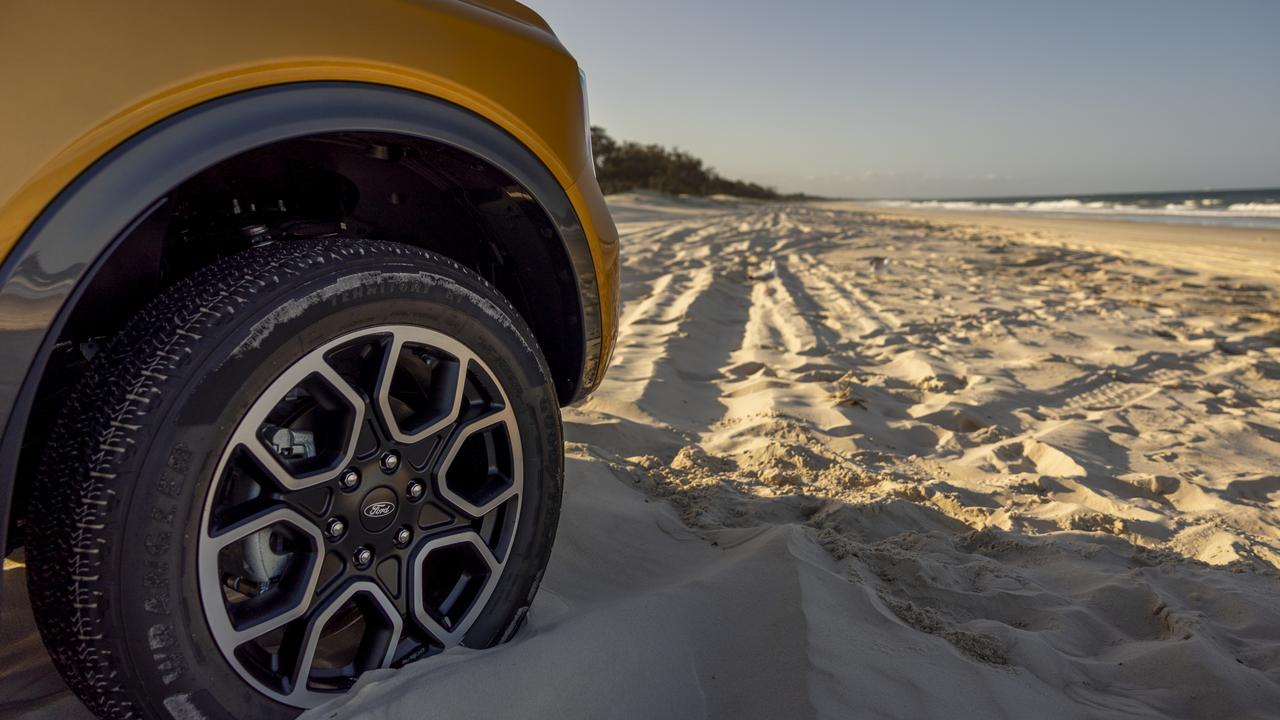
The Ford Everest Wildtrak follows the Ranger ute’s path to success by applying attractive upgrades to a popular model.
This is the first Everest Wildtrak
The Everest has featured in Ford showrooms since 2015, when it arrived as the wagon-bodied cousin to the smash-hit Ranger ute.
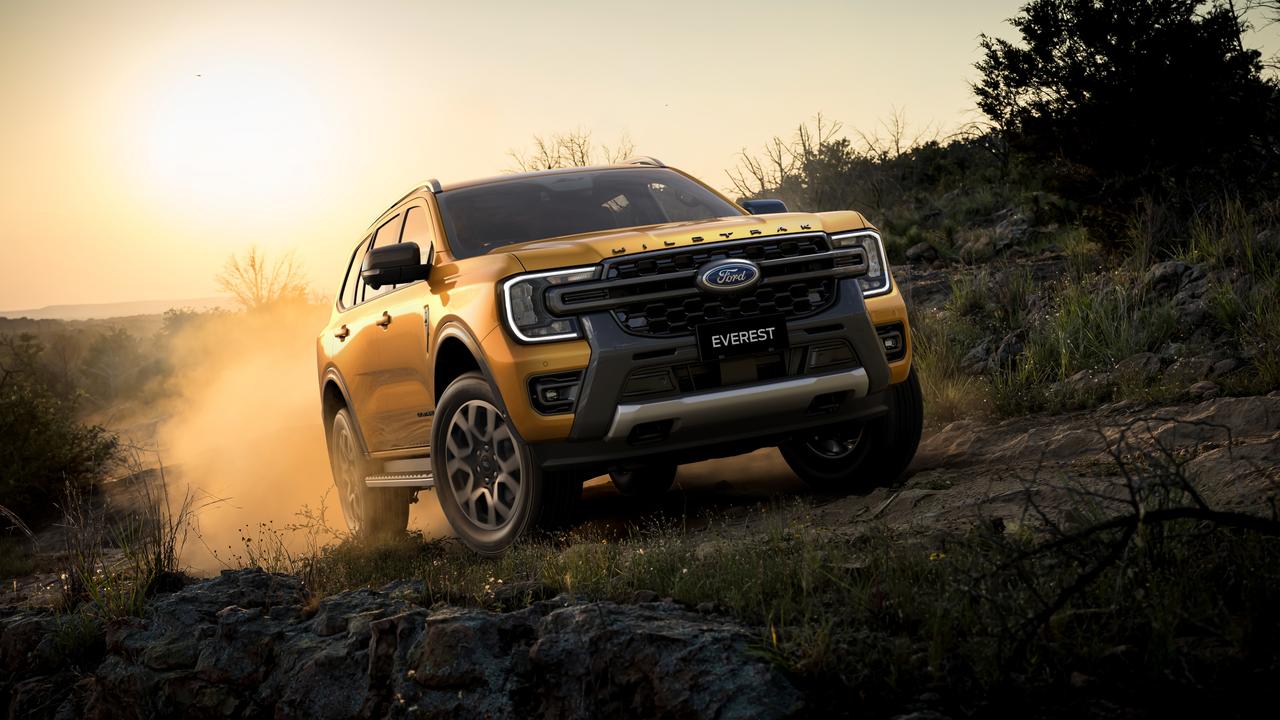
The Blue Oval bravely resisted the temptation to steal the Ranger’s thunder with a rugged “Raptor” or “Wildtrak” version of the Everest until 2023, when it announced plans to build 800 Everest wagons with the Wildtrak treatment.
Customers can choose from a selection of interior and exterior changes including the option of eye-catching yellow paint to stand out from the crowd.
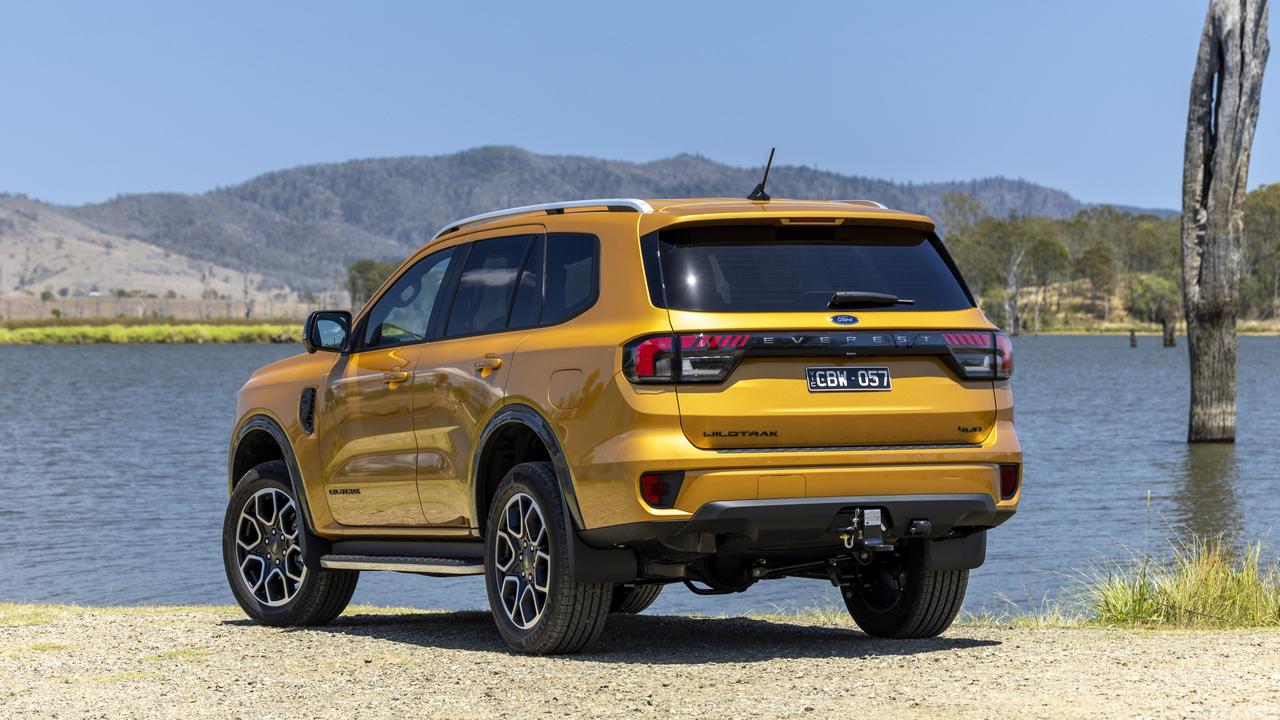
It’s not much more than a sticker pack
The Wildtrak treatment is primarily cosmetic, adding charcoal grey exterior highlights, a choice of road-focused or all-terrain wheels and tyres, and a cabin trimmed in charcoal-coloured leather with yellow stitching.
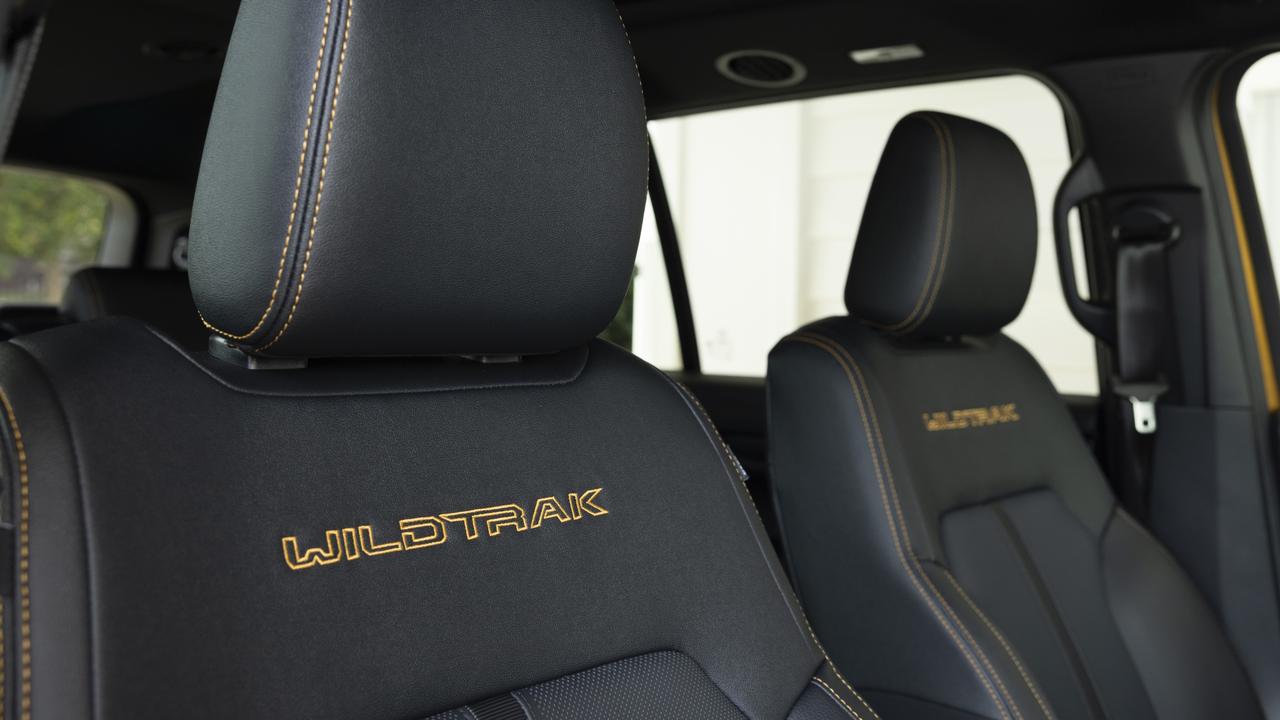
This Wildtrak sits toward the top of the Everest line-up, between the mid-grade Sport and the range-topping Platinum. The new machine misses out on the Platinum’s polished alloys, branded stereo and full-width digital dash, though it still has luxuries such as a powered sunroof, heated and cooled front seats, ambient lighting and a 360-degree camera.
It has the same engine, transmission and suspension found in other Everest models.
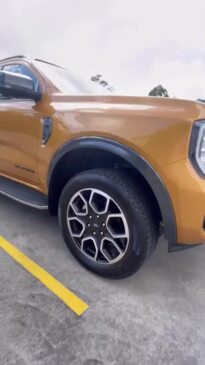
But that doesn’t mean it’s a bad car
The Everest is one of the best four-wheel-drives on the road. It’s a safe, comfortable and refined machine – particularly compared to rival ute-based wagons such as the Toyota Fortuner and Isuzu MU-X.
Ford’s 184kW and 600Nm V6 turbo diesel engine pairs well with a six-speed automatic transmission and full-time all-wheel-drive to give it an edge over less sophisticated rivals.
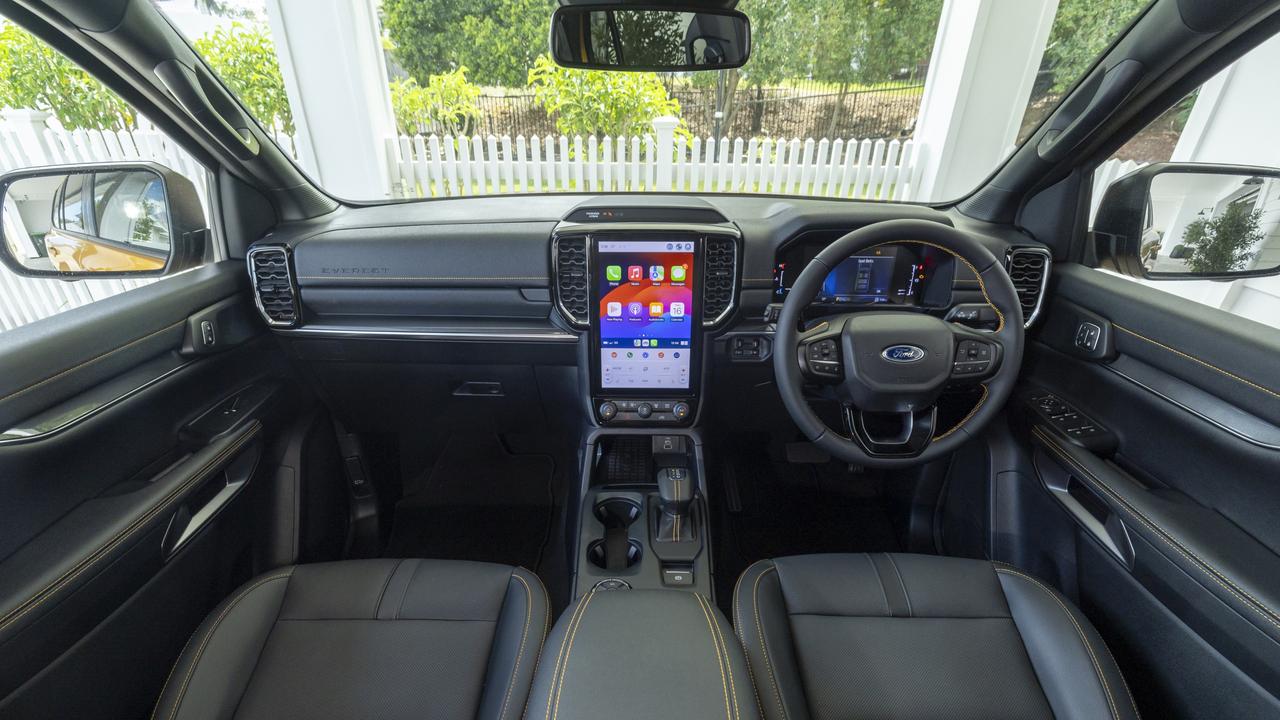
A high-tech cabin works in its favour, as do clever terrain modes that tailor its behaviour to different driving environments.
You need to be patient – or pay over the odds – to get one
Officially priced from $73,090 when it was first announced in May, the Everest Wildtrak rose to $74,404 plus on-roads in the second half of the year – more than $80,000 drive-away and about $1000 more than an equivalent Ranger.
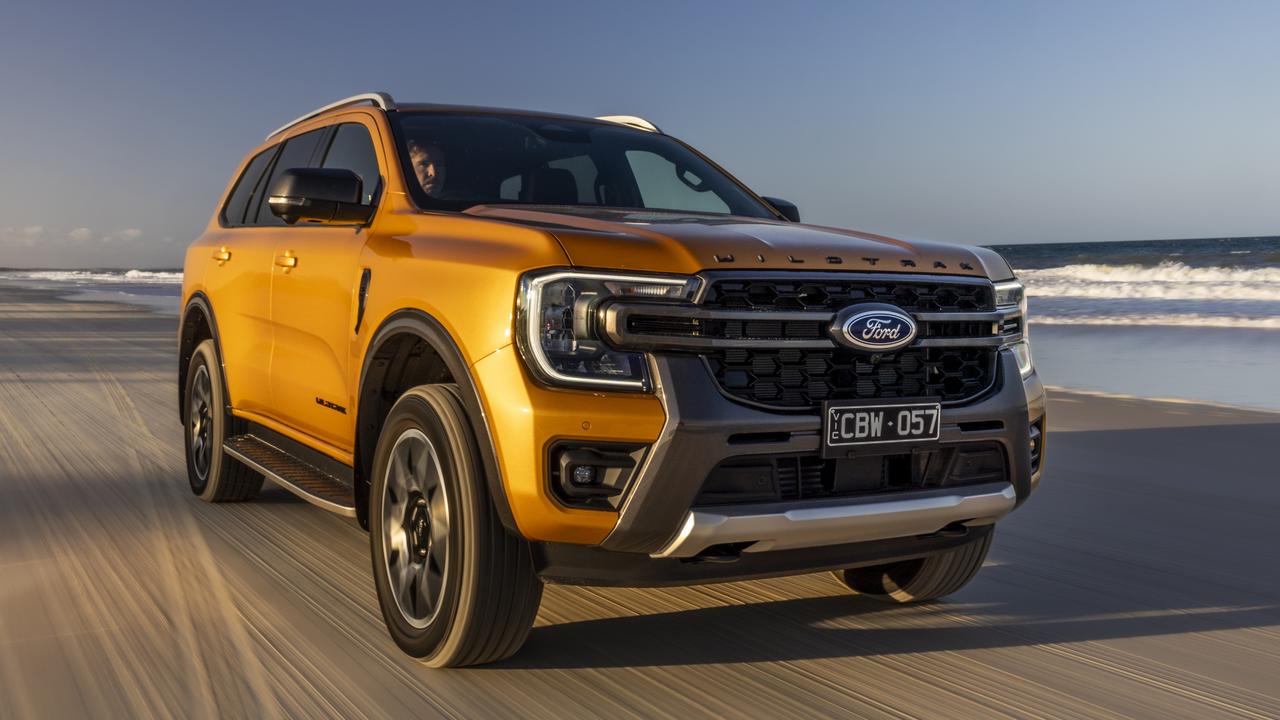
It sold out quickly.
But careful shopping reveals the Wildtrak can be found in cheeky dealerships charging $90,000-plus for vehicles in stock today.
Given the popularity of the first run, we reckon Ford would be mad not to have another go – don’t be surprised to see the Everest Wildtrak return to showrooms at some point in the future.
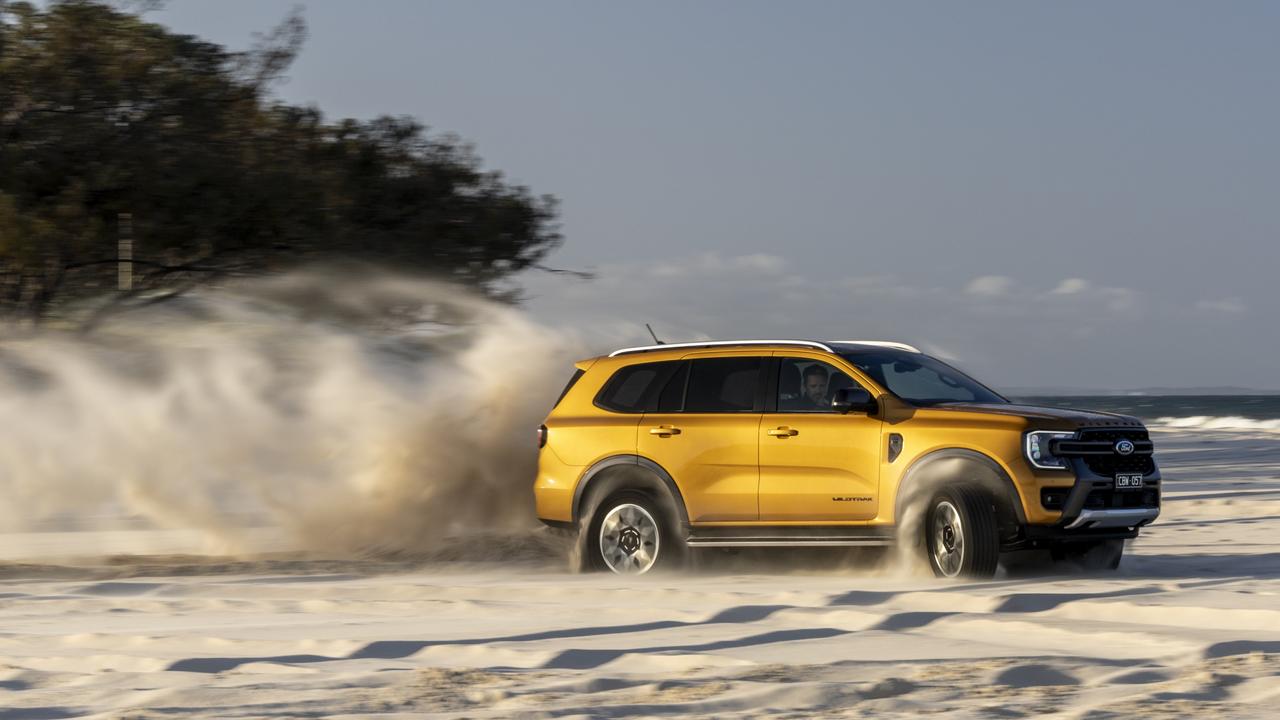
Consider this instead of a Ranger
Do you really need a ute?
If you’re not the type to haul topsoil or muddy mountain bikes, the Everest might be a better bet. Seven-seat versatility is a winner for families, and its car-like coil suspension delivers a more comfortable ride.
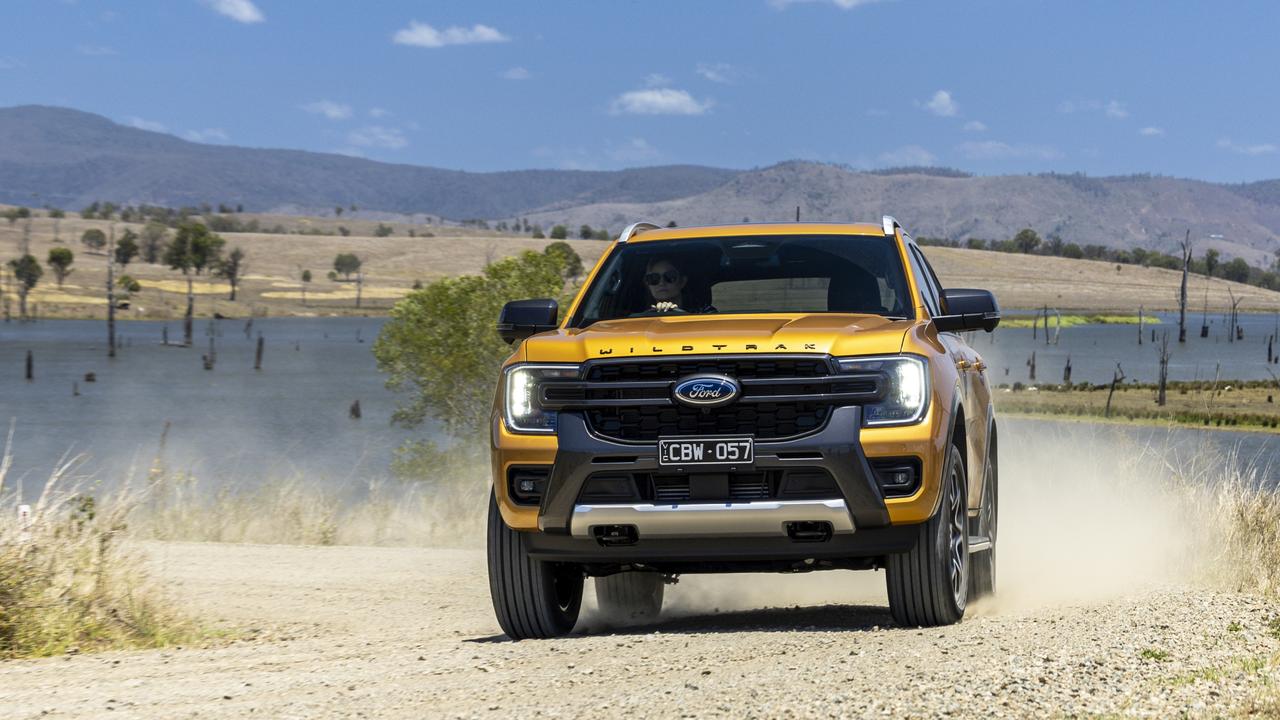
A significantly shorter wheelbase delivers a tighter turning circle for the Everest, which is easier to live with in town than the Ranger. Less rear overhang works in its favour off-road, too.
Though the Ranger is trendier – and benefits from business tax incentives – the Everest is a better fit for a lot of people.
